A nation of wide open spaces, rugged terrain, and some of the last true wilderness in Europe – it’s no wonder that Scotland is renowned for its wildlife.
For a start, there’s the now famous Scottish Big Five – golden eagle, red deer, harbour seal, red squirrel and otter – animals that have captured the public imagination. But in reality, they’re just the tip of the iceberg.
Scotland’s rocky and often dramatic coastline is a magnet for huge flocks of migrating waders and wildfowl. Take to the seas and you’ll see whales, dolphins and porpoises bursting through the waves. Roaming the forests and moorland are roe deer, pine marten and the elusive wildcat. Meanwhile, Scotland’s myriad islands – the vast majority uninhabited – make ideal homes for millions of seabirds including puffins, gannets and all kinds of gulls.
Here are five exciting wildlife experiences – all organised with responsible tourism in mind – to whet your appetite for a Scottish wildlife adventure. So what are you waiting for?
Best wildlife holiday experiences in Scotland
Highland Wildlife Safari, Highlands and Perthshire
This safari is designed to give guests not only memorable encounters with a comprehensive range of Highland wildlife and habitats but also an insight into the conservation work being carried out to preserve the region’s endangered species.
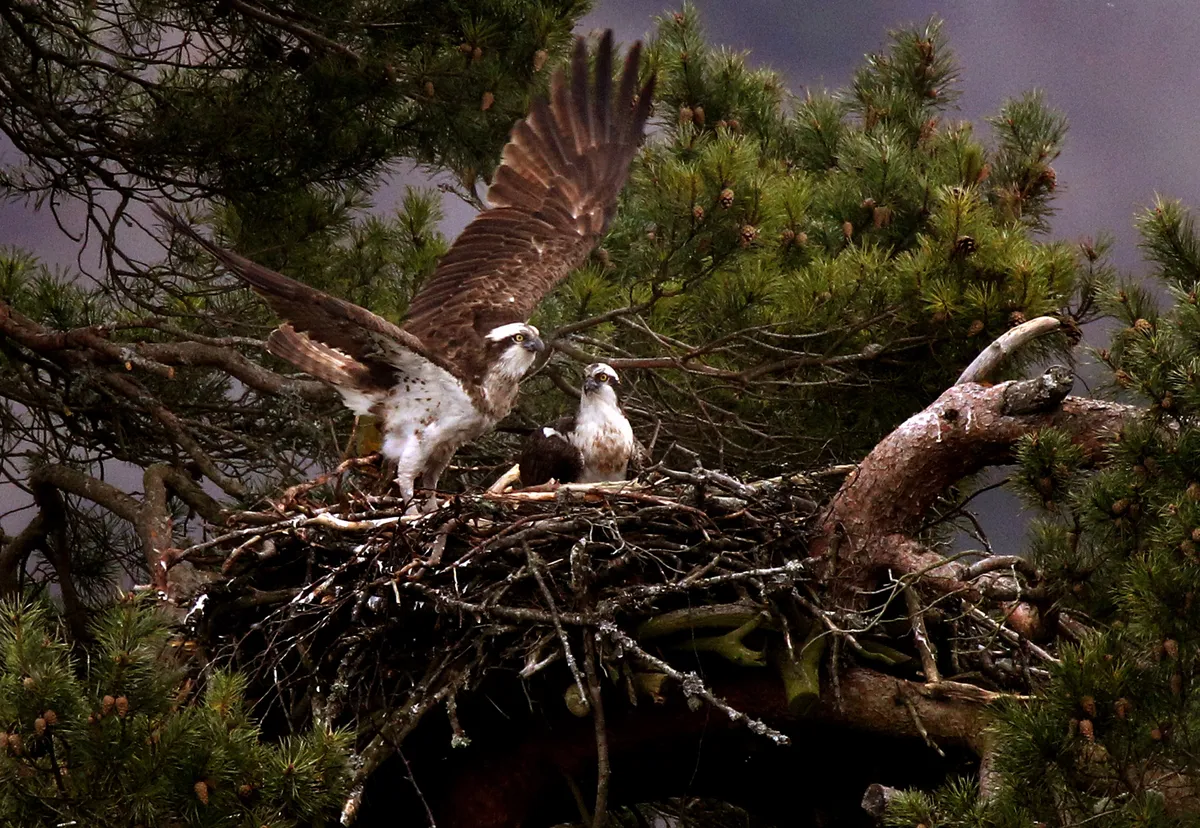
From the hide at the Loch of the Lowes Wildlife Reserve in Perthshire there’s a rare opportunity to see a pair of breeding ospreys. Other highlights include fallow and roe deer, otters and red squirrel, as well as tree creepers and great-spotted woodpeckers. The nearby fish ladder at Pitlochry Dam is also worth a visit while you’re in the area.
Vital conservation work can be witnessed at both the Royal Zoological Society of Scotland’s Highland Wildlife Park, and the House of Aigas Field Centre, which has its own beaver dam and runs a project to save the increasingly rare Scottish wildcat.
A boat-trip onto the Moray Firth offers the chance to see the world’s most northerly population of bottlenose dolphins and, if you keep your fingers crossed, harbour porpoise and minke whale too, while red kites circle above.
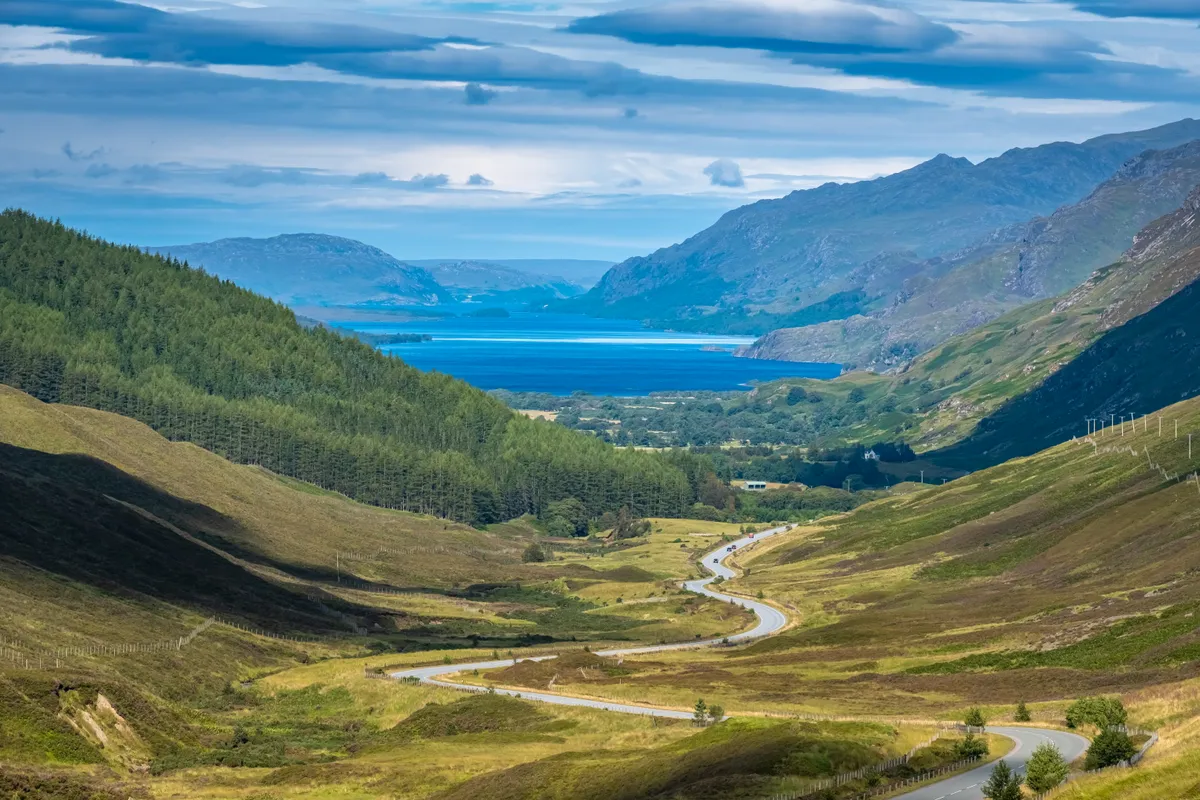
Heading across country to the mountains of Wester Ross, a rare slice of ancient Caledonian pine forest can be experienced at Beinn Eighe and Loch Maree Islands, the UK’s first ever National Nature Reserve whose 48 square kilometres are home to red deer, and golden and sea eagles. And somehow there’s still time to visit Loch Garten’s Abernethy National Nature Reserve and the world-renowned jungle-like gardens at Inverewe.
Wildlife Guided Walk, Auldich to Tomintoul, Cairngorms
The vast Cairngorms National Park is a wonderland of towering mountains, silvery lochs and sparkling rivers and home to a whole wealth of often rare and endangered animals. Hiking the Speyside Way long-distance footpath is a great way of exploring the park and this wildlife guided walk takes visitors along perhaps the most challenging and impressive section of the route.
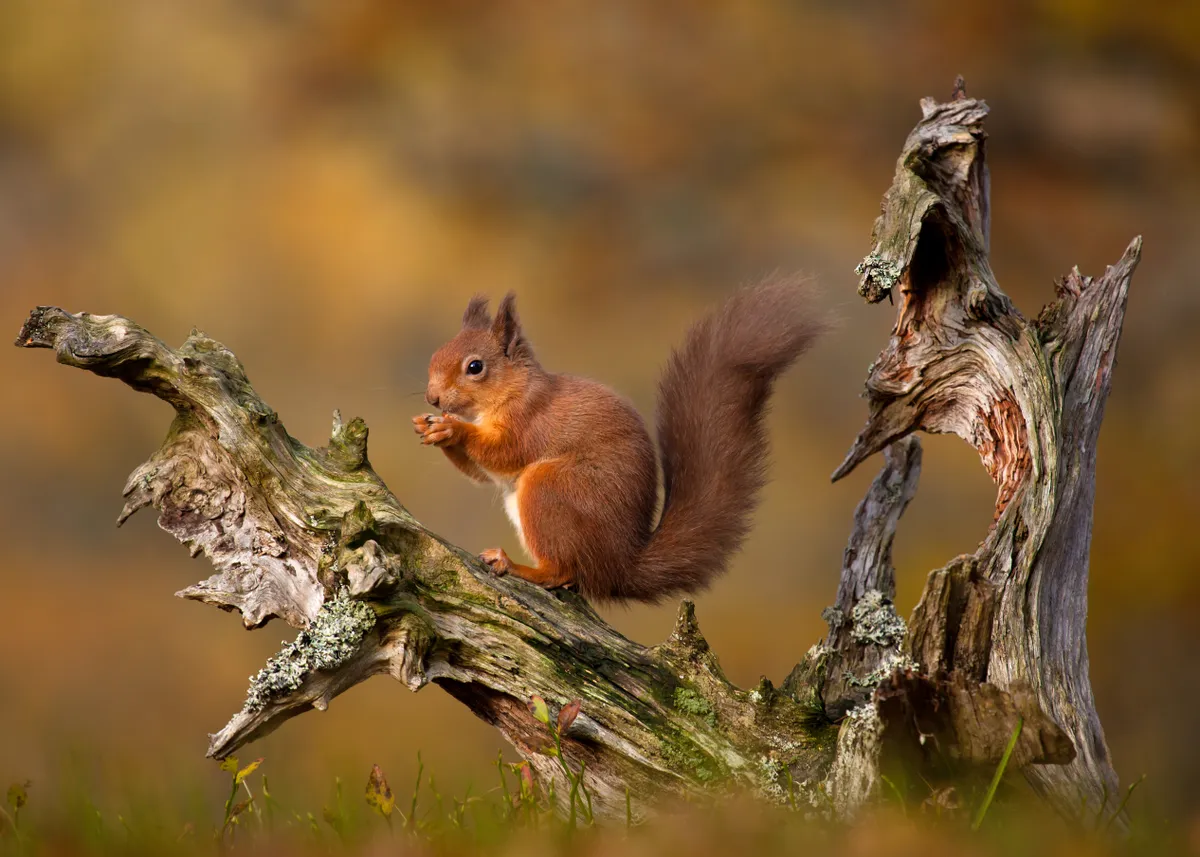
From the hamlet of Auldich near Ballindalloch Castle, the experienced guides will take you up to the village of Tomintoul along rural lanes, footpaths and moorland tracks. The list of possible sightings en route is a long one and the highlights may include red and roe deer, red squirrel, merlin, peregrine falcon, black grouse, curlew, dipper, woodcock and snipe.
The walk takes 5-6 hours with a maximum group size of four people, keeping disturbance to wildlife to a minimum. There’s also a stop-off halfway through the tour at the famous Glenlivet Distillery so everyone can have a quick breather and a cup of tea before heading once more into the wilds.
For a longer break in the area, you could stay at the Wester Fodderletter Farmhouse near Tomintoul. The 150-year-old stone building was renovated last year to make it extremely eco-friendly and its gloriously isolated position puts guests right in the midst of nature.
Can you walk anywhere in Scotland?
The Land Reform Act (Scotland) 2003 gave everyone the right to roam responsibly on most land in Scotland on the understanding that they follow the Scottish Outdoor Access Code. The code is based on three key principles:
- Respect the interests of others.
- Care for the environment.
- Take responsibility for your own actions.
St Kilda Scottish Wildlife Cruise
Roughly 40 miles west of the Western Isles, the UNESCO World Heritage site of St Kilda was home to the most remote community in the UK until 1930 when the inhabitants were evacuated. Nature has since made the little North Atlantic archipelago its own.
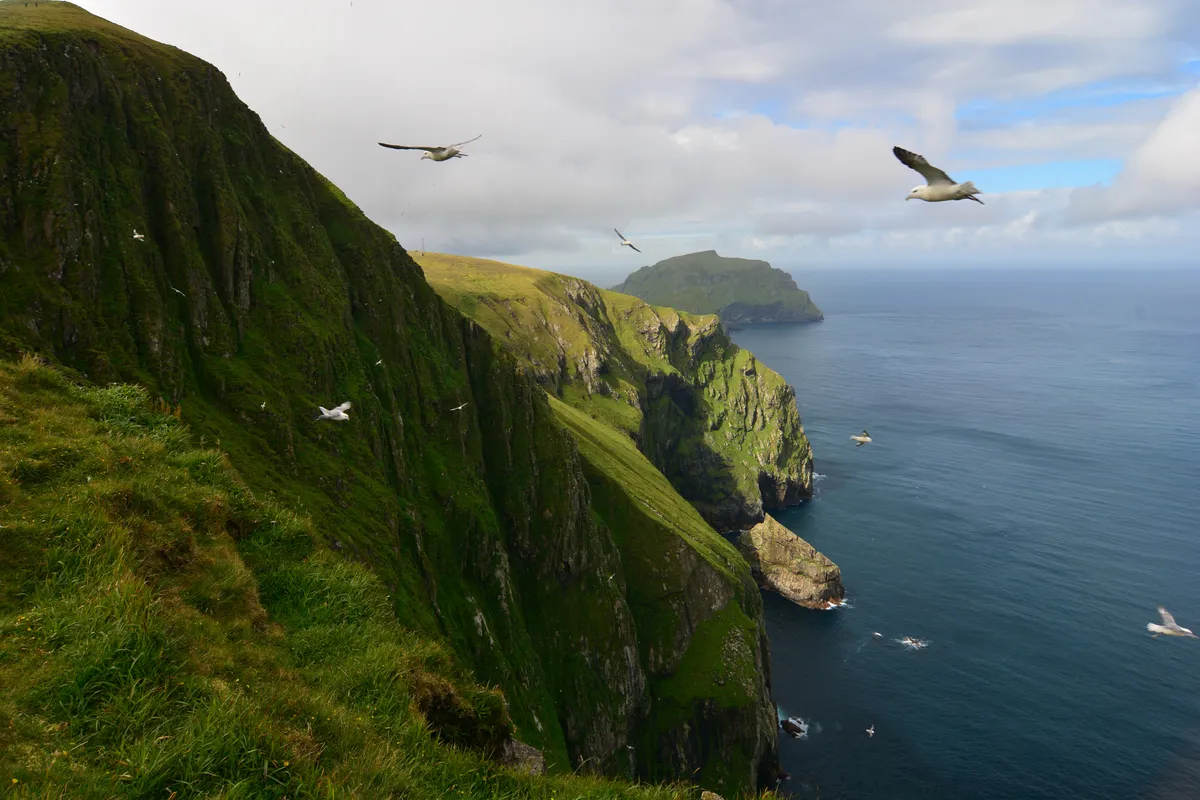
Setting out from Tarbert on the Isle of Harris, the MV Monadhliath heads through waters teeming with whales and dolphins to spend two nights anchored at St Kilda (weather permitting). Close to a million seabirds frequent the islands in summer, including Britain’s largest puffin colony and the world’s largest northern gannet colony. This is also where Soay sheep originate and two feral colonies still thrive on the islands.
Heading back east to uninhabited Taransay, there’s a chance to see seals and otters, while in the Sea of the Hebrides a look-out should be kept for minke whales and short-beaked common dolphins. The trip also includes a visit to the Shiant Isles to see harbour dolphins and possibly rarer species, such as risso's and white-beaked dolphins.
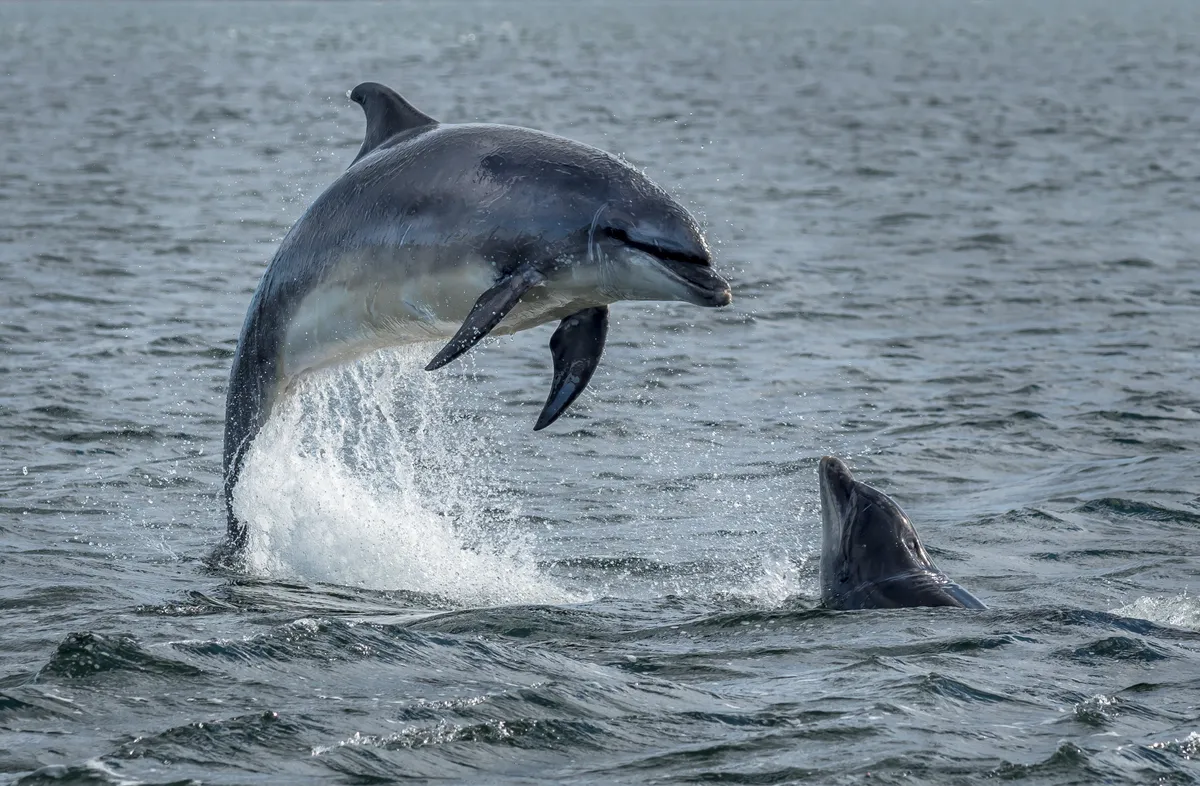
However, this is more than simply a wildlife cruise. During the trip, data will be collected for the Hebridean Whale and Dolphin Trust using the organisation’s whale track app. Guests are taught how to use the app so that they can do their bit for the study and preservation of the oceans’ wonderful cetaceans.
hebrideanadventures.co.uk/Items/St-Kilda-Scottish-Wildlife-Cruise
5 nights £1325
Responsible tourism
Responsible travel and tourism is essential when visiting sites of historic or environmental importance, so that the sites are protected for future generations to enjoy.
Simple things you can do to be a responsible tourist:
- Travel in an eco-friendly way – either walking, cycling or using public transport to visit sites if you can.
- Don't climb or walk on historic sites or tamper with the ruin or building in any way.
- Make sure you take any litter home. Litter can harm wildlife and the local eco-system.
For more practical advice on responsible tourism, visit: visitscotland.com/about/responsible-tourism
Mull Wilderness Expedition
‘Connect with the natural world and feel the many benefits on your physical and mental well-being.’ That’s the philosophy of the folk at Nature Scotland and their all-day wildlife expedition on the Hebridean Isle of Mull certainly makes that possible. Also keen to keep their impact on the environment as low as can be, the company minimises vehicle use and offsets emissions by local tree planting.
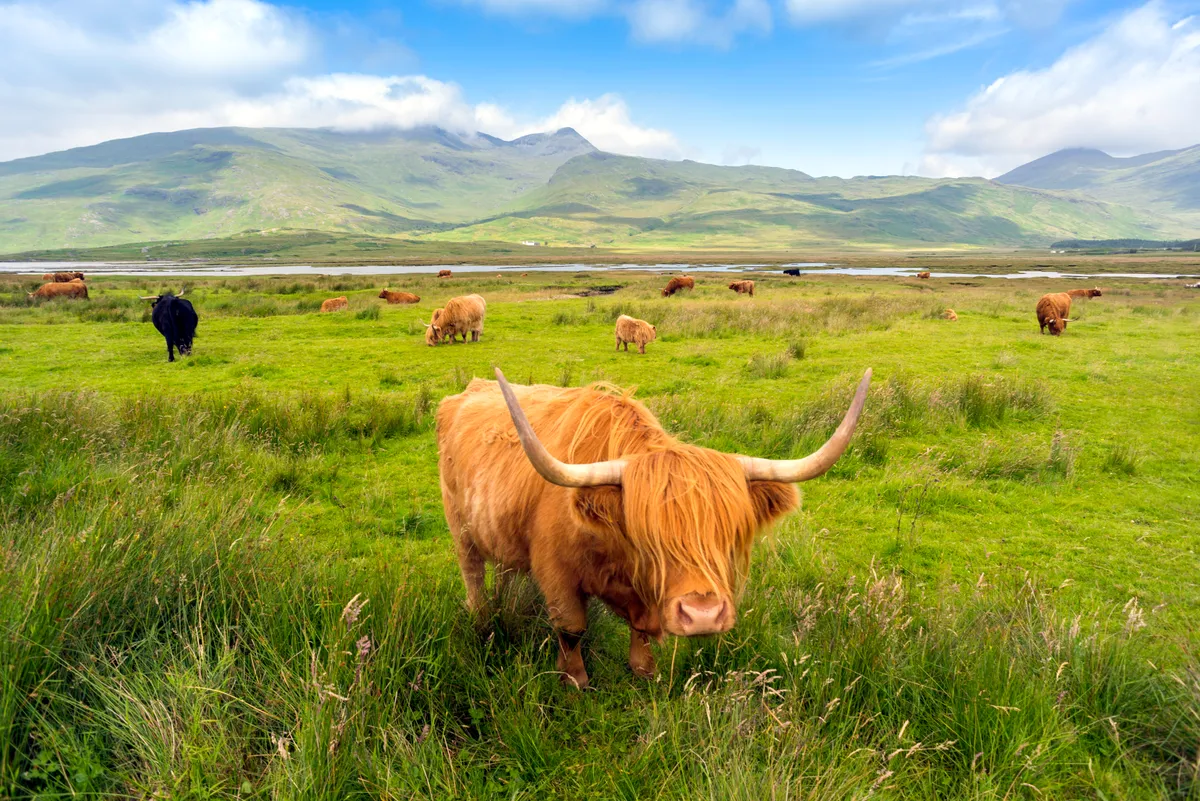
Mull is recognised as one of the finest destinations in Scotland for nature lovers. By embarking on a number of guided walks in the wilder, less well trodden corners of the island, guests will see a wide variety of wildlife all in one day. The key species on the trip are white-tailed and golden eagles, hen harriers, otters and red deer. But there’ll also be time to consider wildflowers, butterflies, dragonflies and reptiles.
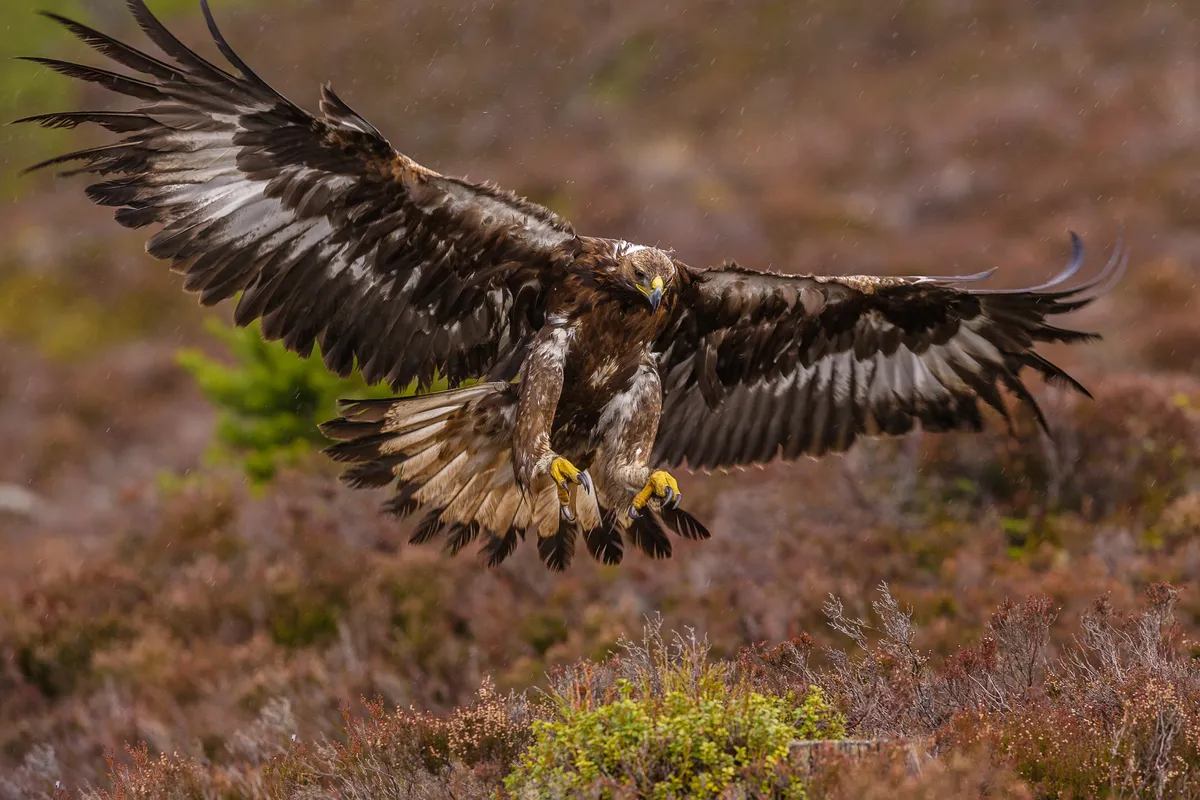
Mull amply repays time spent there, so you might consider staying at the off-grid Camping Cabin at the Hart of Mull in Salen. A log-fired stove provides warmth and a cooking hob, and there’s a separate composting loo. And when visiting colourful Tobermory, the island’s main settlement, you could drop in at the cosy An Tobar Veggie Cafe for a nourishing bite to eat.
- Adults £80, U16s £60, naturescotland.com/mull-wilderness-expedition
The Winter Birds of Dumfries and Galloway
The far south-west of Scotland is often overlooked when it comes to birdwatching. That’s a pity because the sparsely populated county of Dumfries and Galloway – and the wonderful wide expanses of the Solway Firth below it – both teem with avian life. Come in winter and you’ll witness one of the great ornithological sights: the arrival of thousands upon thousands of birds migrating from their summer quarters in the far north.
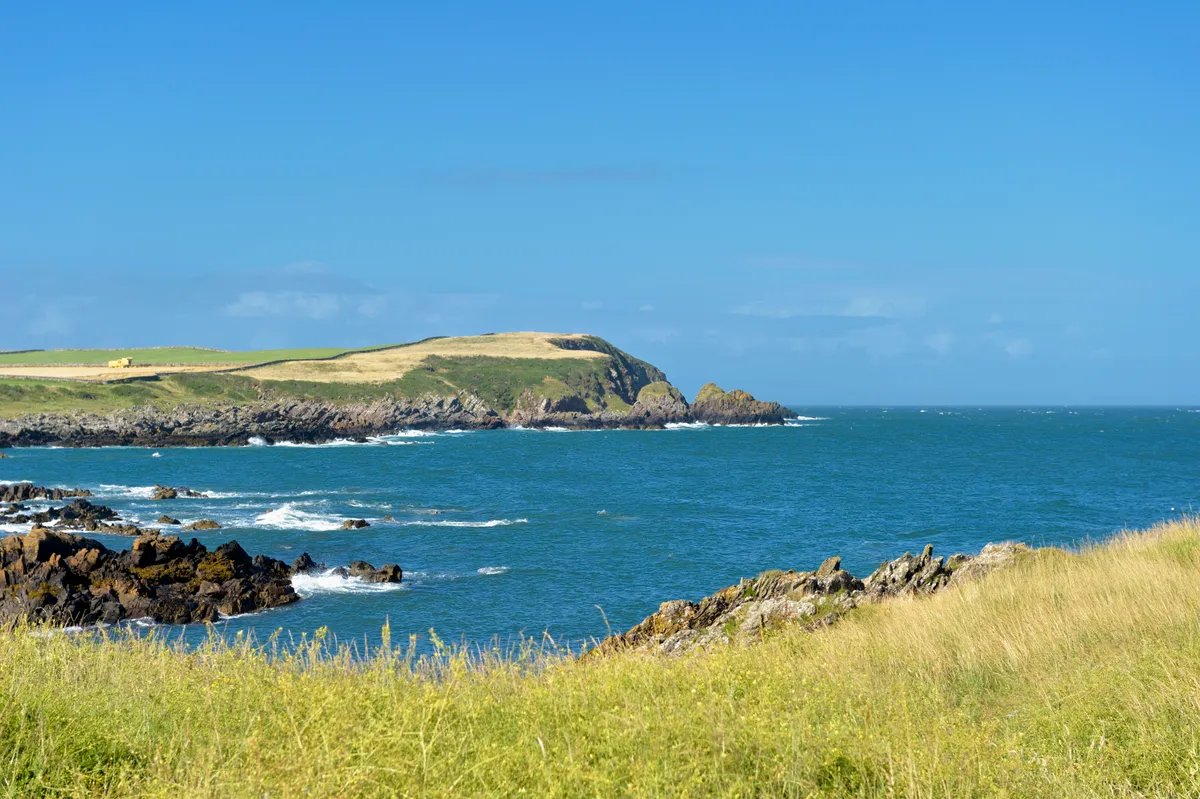
Based in the village of St John’s Town of Dalry near the Carsphairn Hills, this five-day trip includes visits to many key birdwatching spots on the Firth as well as beautiful Loch Ken, the Galloway Kite Trail, the Wildfowl and Wetlands Trust reserve at Caerlaverock and several other locations. Easy walks will also allow you to enjoy the gentle rolling countryside of this corner of Scotland.
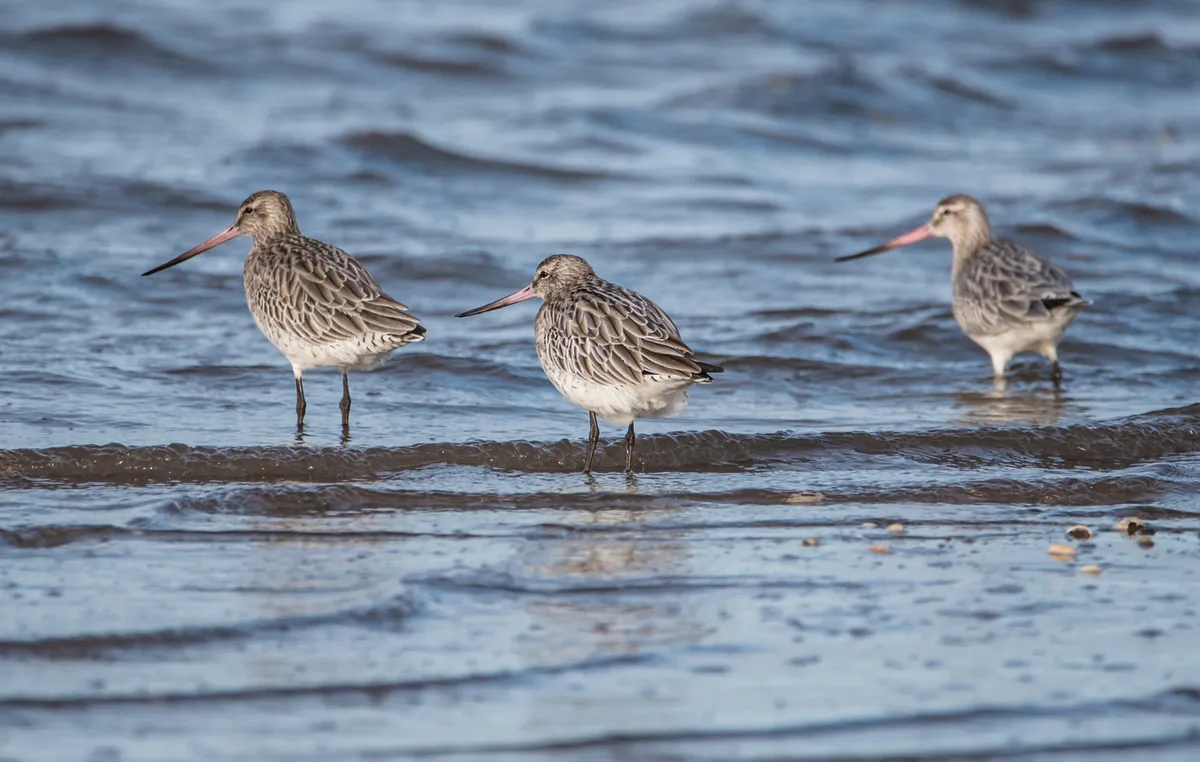
The holiday promises a huge variety of wildfowl, waders, divers and other birds on which to train your binoculars – from the greater scaup and red-breasted merganser to the golden plover and bar-tailed godwit; from the Slavonian grebe and black guillemot to the hen harrier and short-eared owl and maybe even the purple sandpiper. And if you’re a fan of the barnacle goose, you’re in luck, because Svalbard’s entire breeding population will be flying in to greet you.
- 5 days, including dinner, bed and breakfast, from £895, naturetrek.co.uk/tours/the-winter-birds-of-dumfries-and-galloway
To discover more incredible wildlife in Scotland, visit: visitscotland.com/see-do/wildlife
Government restrictions around COVID-19 vary across the UK. We strongly advise checking restrictions before visiting the countryside. Read about Coronavirus recovery phase in Scotland.